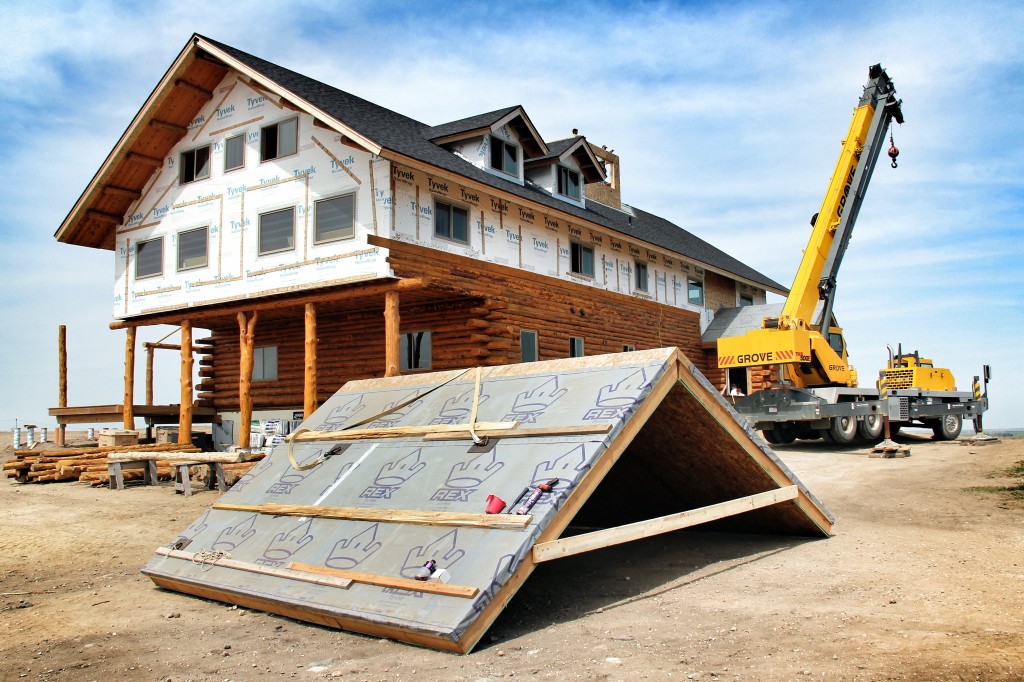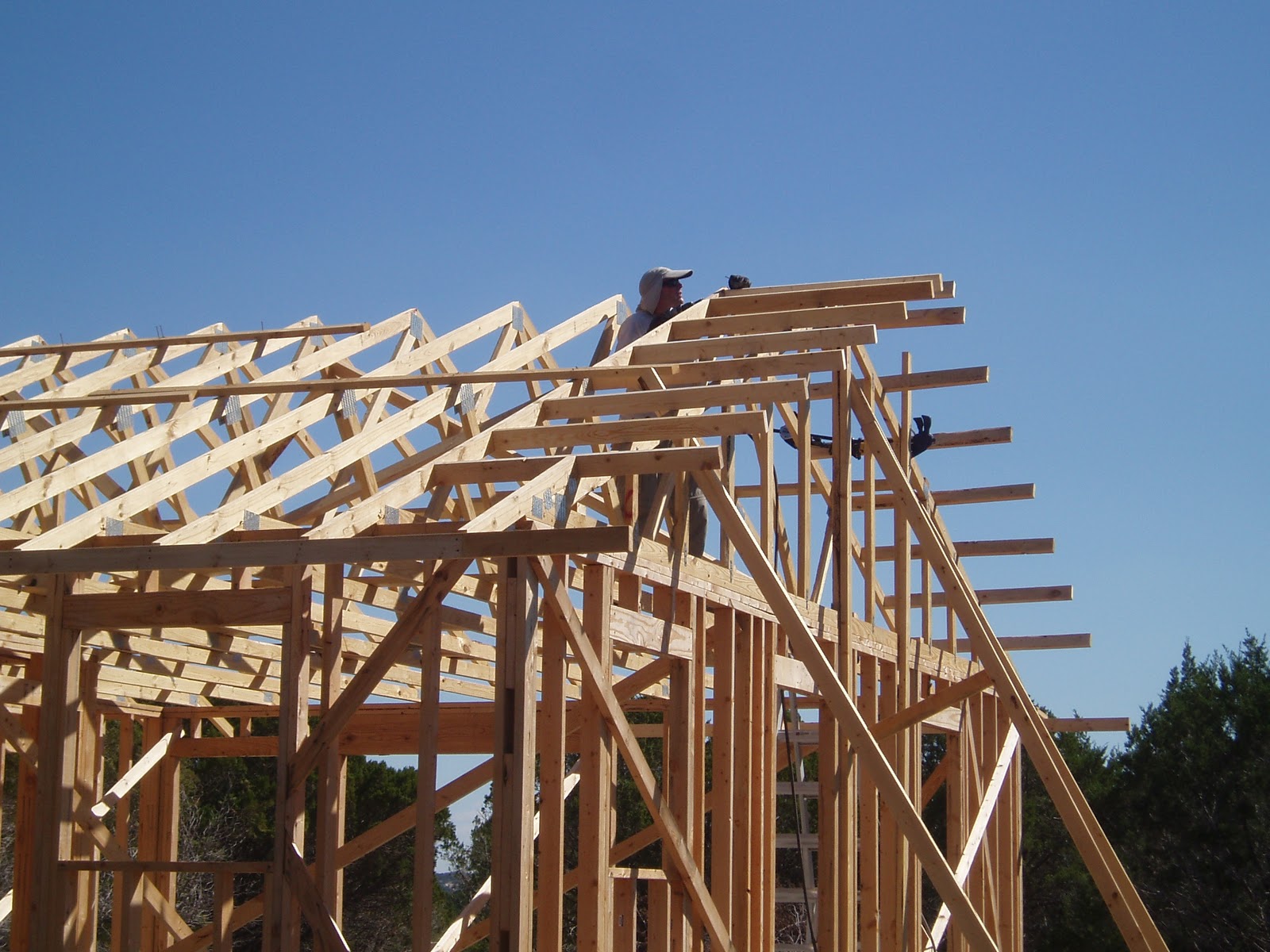[ITEM]

 [/ITEM]
[/ITEM]


I wanna hear everybody's arguments for installing lookouts on a boxed eave. I've always installed them, but I'm rethinking things a bit on a couple points. I'm not talking about the big extended eaves here. Just the standard 12-18' or so. 80% of homes here have boxed eaves. Steam half-life 2 keygen. 75% of those use aluminum soffit while about 25% use Hardie. On the short eaves, Hardie doesn't need the lookouts for nailing, and even on the longer 18' ones the aluminum doesn't need them.
I've always argued that they help stabilize the rafter tails. But a well tied 2x6 subfascia and well fastened 5/8' sheathing do a pretty good job of stabilizing the tails. It leaves me wondering if the lookouts aren't just overkill? There used to be a company in our state (a long, long, time ago) called 'Florida Builders'. They had the same mindset.
Re: Supporting overhangs without lookouts. Thanks for the replies. I hear what you are saying Arne, about 200 pounds sitting on the overhang (though you would have to admit that snow never piles up at 90 degree angle right off the edge of a roof). The lookouts run back to the first inboard rafter (or roof truss). At the bottom corner of the roof, a barge rafter meets a gutter or fascia board, which extends along the eave and is fastened to the ends of the rafter tails.
Find a cheaper way to build. Even took it to the point of going 7' 6' on ceilings, among dozens of other 'innovative' brain farts. They saved money. They are now out of business. Way off the mark.
It isn't at all about saving money. Lookouts just use scrap for the most part. Play battleforge offline. I'm rarely looking for ways to simply save money.
I'm always looking for ways to build a quality structure more efficiently. There are a ton of traditional framing methods that simply don't make sense. I'm wondering if this is one of them. The more I think about it, the more I am hard pressed to find value in them. Then, looking for literature on the topic, it seems that many builders don't use them. I have always used them, but mostly because that is the way my boss said to do it 12 years ago.
I'm now looking for someone to provide a legitimate argument in favor of them, besides accusing someone of simply being cheap if they don't. What is the structural advantage? I guess what I am really getting at is this.
There are two general methods for installing fascia. With or without subfascia. If I were to omit the subfascia in favor of simply using a 4/4 finish grade fascia board, then I would insist on using the lookouts to stabilize the rafter tails. The same goes for using 1x pine as a sub-fascia then wrapping with aluminum.
Or the crazy framers who sheath the roof with 7/16' sheets. But once I start using a nice and straight 2x6 sub-fascia (and I usually send a deck screw into about every 3rd rafter tail to hold things snug), and then sheeting with 5/8' sheets, the lookouts aren't really adding much to the structural integrity of the eaves.
- Author: admin
- Category: Category

I wanna hear everybody's arguments for installing lookouts on a boxed eave. I've always installed them, but I'm rethinking things a bit on a couple points. I'm not talking about the big extended eaves here. Just the standard 12-18' or so. 80% of homes here have boxed eaves. Steam half-life 2 keygen. 75% of those use aluminum soffit while about 25% use Hardie. On the short eaves, Hardie doesn't need the lookouts for nailing, and even on the longer 18' ones the aluminum doesn't need them.
I've always argued that they help stabilize the rafter tails. But a well tied 2x6 subfascia and well fastened 5/8' sheathing do a pretty good job of stabilizing the tails. It leaves me wondering if the lookouts aren't just overkill? There used to be a company in our state (a long, long, time ago) called 'Florida Builders'. They had the same mindset.
Re: Supporting overhangs without lookouts. Thanks for the replies. I hear what you are saying Arne, about 200 pounds sitting on the overhang (though you would have to admit that snow never piles up at 90 degree angle right off the edge of a roof). The lookouts run back to the first inboard rafter (or roof truss). At the bottom corner of the roof, a barge rafter meets a gutter or fascia board, which extends along the eave and is fastened to the ends of the rafter tails.
Find a cheaper way to build. Even took it to the point of going 7' 6' on ceilings, among dozens of other 'innovative' brain farts. They saved money. They are now out of business. Way off the mark.
It isn't at all about saving money. Lookouts just use scrap for the most part. Play battleforge offline. I'm rarely looking for ways to simply save money.
I'm always looking for ways to build a quality structure more efficiently. There are a ton of traditional framing methods that simply don't make sense. I'm wondering if this is one of them. The more I think about it, the more I am hard pressed to find value in them. Then, looking for literature on the topic, it seems that many builders don't use them. I have always used them, but mostly because that is the way my boss said to do it 12 years ago.
I'm now looking for someone to provide a legitimate argument in favor of them, besides accusing someone of simply being cheap if they don't. What is the structural advantage? I guess what I am really getting at is this.
There are two general methods for installing fascia. With or without subfascia. If I were to omit the subfascia in favor of simply using a 4/4 finish grade fascia board, then I would insist on using the lookouts to stabilize the rafter tails. The same goes for using 1x pine as a sub-fascia then wrapping with aluminum.
Or the crazy framers who sheath the roof with 7/16' sheets. But once I start using a nice and straight 2x6 sub-fascia (and I usually send a deck screw into about every 3rd rafter tail to hold things snug), and then sheeting with 5/8' sheets, the lookouts aren't really adding much to the structural integrity of the eaves.
How To Install Roof Lookouts В© 2019